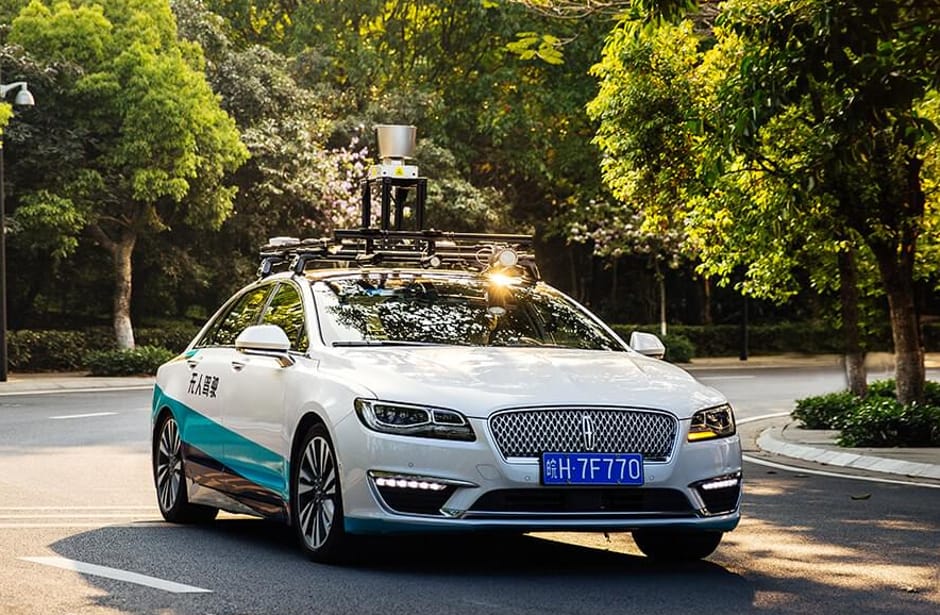
The rise of electric vehicles and the emergence of driverless cars brings with it significant disruption to many aspects of modern business and lifestyles. Earlier this month, the Localis think tank stated that outdated energy and infrastructure policies must urgently be modernised if the government is to avoid exacerbating UK social divides. As things stand, some communities are set to miss out on some of the major benefits new vehicles may bring. This is another sign that in this revolutionary time, society will need to confront opportunities laced with challenges, and being open to change is critical to embracing the transformation.
Transport is critical to moving goods, however, its ultimate focus is on people. People experience transport in many different ways, from cars and buses, to trains and beyond. Autonomous vehicles (AVs) are symbolic of managing change, both at the personal level and for business. The idea of AVs may engender excitement or dread – but what is for definite is that the coming of AVs puts us on the cusp of one of the fastest and deepest disruptions in transport history.
Hands free, minds occupied
Imagine a world where your car drives you. Your commute is now hands-free. You can nap, work or read as you’re delivered to your office. It’s highly likely you won’t own a car. It will be much more convenient and cheaper to use your mobile device to call a ride when you need it. Consider some of the savings and implications of these scenarios:
- Your garage won’t be needed for storing cars.
- With fewer or no personally owned cars, perhaps you won’t have to pay for insurance or maintenance.
- With fewer cars on the road, cities can convert land currently set aside for parking into housing or public spaces. In the UK, public car parks account for an area larger than 14,000 football pitches.
- It is estimated by futurist Thomas Frey that one AV will likely replace 15-20 traditional cars and vans. That has implications for jobs related to owning vehicles such as car dealerships and petrol stations.
- AVs don’t get distracted, fall asleep, or drink and drive, so crashes will decline dramatically, saving tens of thousands of lives annually.
- As we model the impacts of AVs, we estimate the technology will allow 200 percent more cars to share the same amount of space, in keeping with calculations by the Institution of Civil Engineers. That means we may have reached “peak concrete” in many locations — the need to construct ever-bigger motorways and roads may be coming to an end.
Promise and paradox
As we migrate towards different modes of mobility, there is promise and paradox:
- New vehicles will be cleaner, but they will break traditional revenue models.
- AVs will be safer, but they may be susceptible to cyber attack.
- New technology will free up more time, but we may use it to do more work.
- We will be more connected than ever, but we may find ourselves more isolated as well.
To survive and thrive in this world of paradox, individuals and companies alike must be adaptable.
Two methodologies for being adaptable are gaining momentum. One way is to think about multiple futures, rather than a straight-line prediction. Most governments use scenario planning to look at long-term and emerging trends to help them get more comfortable with uncertainty.
People tend to struggle with non-linear prediction because of an innate desire to be precise. Most people prefer certainty over uncertainty, gravitating towards the precise even if it’s precisely wrong instead of generally right. We need to learn to give ourselves more latitude.
A second methodology is to create a culture of innovation, recognising that managing change often means cultural shift and adaptation. The key is to communicate why change is needed, because people fear loss of control and change for its own sake.
One undeniable trend behind our certainty that AVs will change our lives and businesses is that the rate of adoption of new technology is accelerating. For instance, in 1995, 10 years into the history of mobile phones, penetration in the UK was just 7%, but by 1999 it had grown to 46%, with a mobile being sold every 4 seconds. Five years later, there were more mobile phones in the UK than people.
Conclusion
Technologies like AVs will drive enormous change in people’s lives both at work and home. How can we make the most of these opportunities?
- Don’t be scared of change, but try to adapt and adjust.
- Avoid silos. Work together across disciplines as this can unleash significant problem-solving power.
- Talk about what we do and don’t know about the future; discuss the opportunities and ponder the difficulties.
In today’s world, we know that information is just a few simple clicks away. But having information is not enough. The most valuable skill set in the future will be knowing how to use that information to find creative solutions to challenges that haven’t even been considered yet. As we embrace the opportunities presented by technologies like AVs, we reject the false choice of either-or proposals. We live and succeed in the world of “and.”
Jeff Casey is Development Director, and Mike DeBacker, Transportation Director at Burns & McDonnell, an international engineering consultancy




Poll: Should the UK’s railways be renationalised?
I think that a network inclusive of the vehicles on it would make sense. However it remains to be seen if there is any plan for it to be for the...